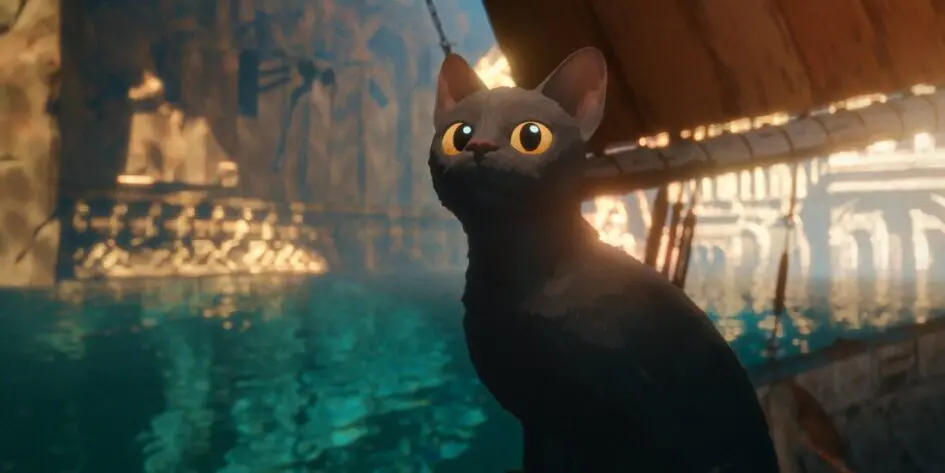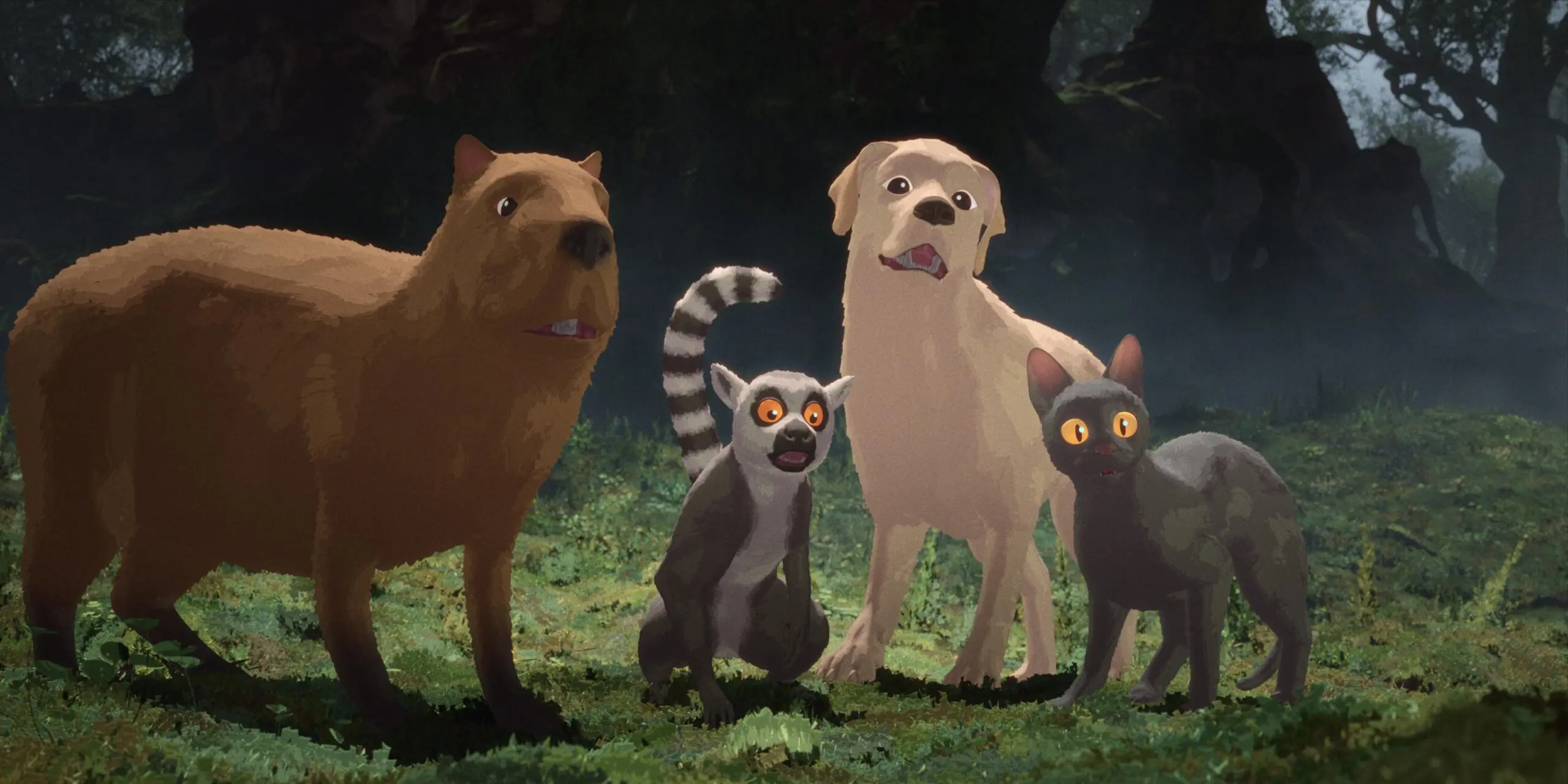One medium of filmmaking I’ve come to truly admire is animation. Although I have always enjoyed animated films, I often viewed them merely as entertainment, rather than appreciating their deeper meanings or the true craftsmanship involved in their creation. The storytelling and techniques used in these artworks can be stunning.
As mentioned in previous articles, I will watch as many Oscar-worthy, buzzed-about films as possible before the awards are handed out next year. That is one of the reasons I checked out The Wild Robot earlier this year. Needless to say, I adored it. This is where my appreciation for animation truly began!
With the recent announcement of the Golden Globe nominees, we gain valuable insight into what the Oscars might have in store. The Wild Robot is among the films nominated for Best Animated Feature, alongside the intriguing one I just watched, Flow, by Latvian director Gints Zilbalodis.
Flow debuted at this year’s Cannes Film Festival and has received several accolades already. Most recently, it was selected as Latvia’s official entry for Best International Feature Film at the upcoming Academy Awards! Additionally, its nomination for a Golden Globe makes it a strong contender to be nominated for Best Animated Feature at the Oscars.
This is all impressive for a director with only one other feature film to his name, which is Away (2019). The rest of Gints’ work consists of short films. I also find it remarkable that he is only 30 years old, considering his significant achievements at such a young age.
Created using 3D computer graphics, Flow opens in a lush forest with a house and several structures made from stone. There is no humanity seen, but evidence shows that humans did once exist. Our main character is a black cat we follow during a flood that wipes out many of Earth’s structures. The central part of the story is the journey the cat finds itself on in a sailboat with other species. Their relationships are tested whether it’s through the search for food or introducing another species onto the boat, creating tension and a camaraderie that is beautiful to witness throughout the film.
The initial description may seem like it could be more exciting. I didn’t know what to expect, either. There were moments when I was holding my breath and others that were incredibly heartwarming. Watching animals in distress is challenging for me, but fortunately, the film’s overall tone is positive, so there’s no need to worry.
The dog (or cat, in this case) does not die.
The most powerful aspect of this film is its absence of dialogue. It reminds me of the movie Homeward Bound, which features conversations among the animals, allowing us to hear their thoughts on how to get along and understand each other.
In contrast, Flow relies on the movement and actions of the animals, offering a more interpretive experience of what is happening. The animation and mannerisms of the animals are so realistic that my 65-pound doodle constantly barked and tried to go through the television for most of the movie; thankfully, my TV is still intact.
One aspect of this film that I loved was the camera movement. It felt like watching an open-world video game, which I enjoy because it allows for complete immersion. Aside from a few tense moments when the animals are caught in the flood, the overall tone is very peaceful. I discovered a sense of tranquility that felt incredibly lifelike, especially in underwater scenes.
As I mentioned earlier, it’s essential to recognize that each person brings a unique perspective to interpret the film’s message. I find it to be a profound statement on the theme of inclusivity. The narrative emphasizes that when individuals unite for a common cause, they can effectively confront and overcome the challenges that life throws their way. This notion of collaboration is central to the film, showcasing how diverse perspectives and collective efforts can lead to meaningful change and resilience in the face of adversity.
Many viewers will resonate with this interpretation, as it reflects a universal truth about the power of community and teamwork in achieving shared goals. Using animation, animals and a beautiful score truly speaks to your soul and heart to convey this message.
Flow serves as a potent reminder that, regardless of the challenges and difficulties we encounter, the essence of life itself continues to move forward and evolve. This unceasing flow invites us to appreciate the resilience and tenacity inherent in the natural world. It emphasizes the importance of stepping outside our busy lives and immersing ourselves in nature’s beauty.
Observing the intricate relationships and interdependence within ecosystems allows us to witness how various elements combine to create balance and harmony. The gentle rustling of leaves, the rhythmic sounds of water flowing in streams and the vibrant colors of blooming flowers exemplify nature’s perseverance. By engaging with the world around us, we find solace and gain perspective on our circumstances, reinforcing the idea that, like nature, we, too, can navigate through our struggles and emerge stronger.
The movie has a runtime of only 85 minutes, which feels right, although I started to feel a bit antsy after the one-hour mark. Despite the minimal dialogue, engaging cinematic scenes effectively advance the narrative, preventing boredom. There are moments when you must suspend your disbelief, but I found those scenes magical and moving, effectively conveying the overall theme.
I rate Flow four out of five stars for its stunning and immersive graphics while conveying an important message without using dialogue. I enjoyed The Wild Robot more for its action sequences and enchanting score, but Flow should also definitely be on your radar this awards season.



